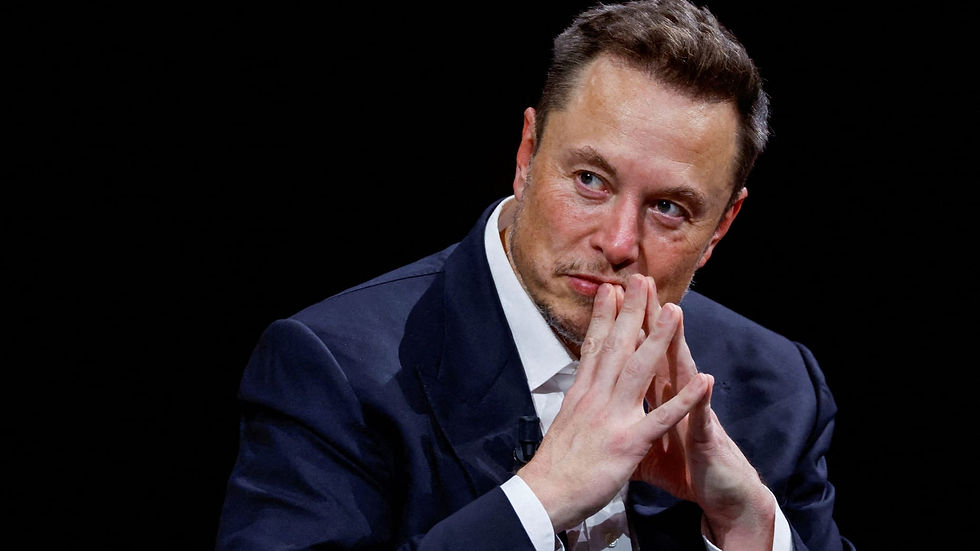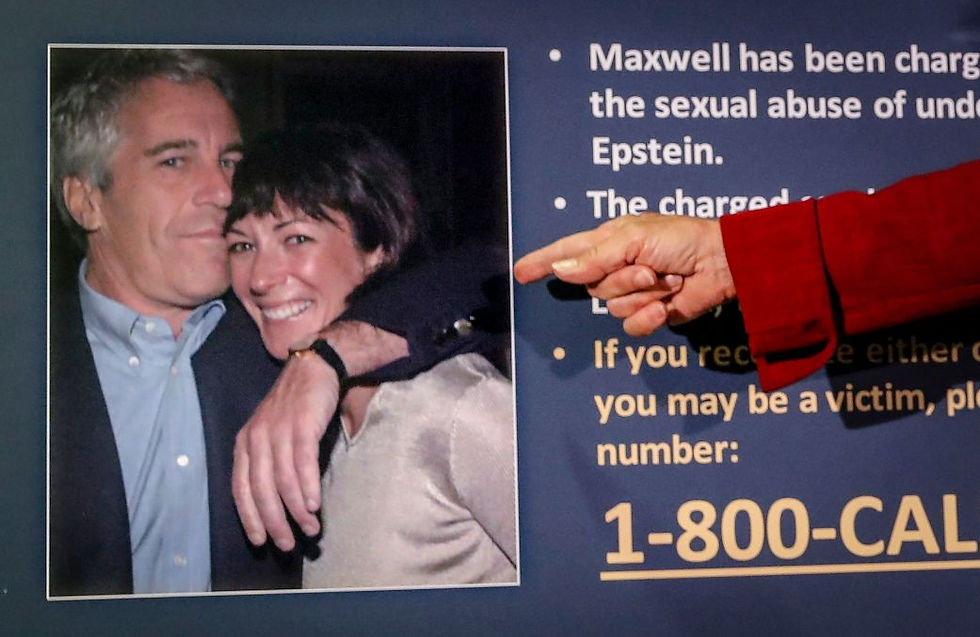Tesla Sales Slip as Vehicle Revenue Declines for Second Consecutive Quarter
- joao luis
- 23 de jul.
- 4 min de leitura

Tesla Misses Estimates as Automotive Revenue Falls for Second Straight Quarter
Tesla reported a 16% year-over-year decline in automotive revenue in the second quarter of 2025, marking its second consecutive quarterly sales drop and once again falling short of Wall Street expectations.
According to consensus estimates compiled by LSEG, Tesla reported adjusted earnings per share of $0.40, slightly below the $0.43 analysts had forecast. Total revenue for the quarter came in at $22.50 billion, also missing the expected $22.74 billion.
Automotive revenue totaled $16.7 billion, down from $19.9 billion in the same period last year. Within that, revenue from the sale of regulatory credits — a historically meaningful revenue stream — fell sharply to $439 million, compared to $890 million a year earlier.
Earlier this month, Tesla disclosed that vehicle deliveries declined by 14% year over year, reaching 384,000 units in Q2. While Tesla does not provide a precise definition of "deliveries" in its shareholder reports, the figure is widely regarded as the closest proxy for actual vehicle sales.
The company's performance has been weighed down by a series of political and regulatory headwinds. CEO Elon Musk’s active and controversial political involvement — including financial support for former President Donald Trump’s re-election campaign and public endorsements of far-right European political parties such as Germany's AfD— has drawn criticism in both the U.S. and Europe.
Musk also recently assumed leadership of the Department of Government Efficiency (DOGE) under the Trump administration, where he played a key role in slashing the federal workforce, eliminating USAID, and rolling back regulatory frameworks — all of which have generated public and investor concern.
Tesla shares are down approximately 18% year to date, making it the worst-performing stock among tech’s megacap companies. In contrast, the Nasdaq Composite is up about 9% in 2025.
Shares remained flat in after-hours trading immediately following the earnings release but slipped around 3% after Tesla CFO Vaibhav Taneja addressed the company’s outlook during the earnings call.
Taneja cited a recently passed piece of legislation — referred to on the call as the “big beautiful bill” — which includes the repeal of the federal $7,500 electric vehicle tax credit, effective at the end of Q3. He noted that this will likely have a material impact on Tesla’s U.S. business.
The company is also grappling with supply chain challenges stemming from new tariffs imposed by President Trump’s administration. These factors have disrupted Tesla’s ability to meet demand domestically.
“Given the abrupt change, we have limited supply of vehicles in the U.S. this quarter,” Taneja said. “We may not be able to guarantee delivery orders placed in the later part of August and beyond.”
He added a direct message to potential customers:“If you’re in the U.S. and looking to buy a car this year, order now.”

Tesla Earnings Fall as Company Eyes Future in Robotaxis and Lower-Cost EVs
Tesla reported a decline in net income for the second quarter of 2025, as the company continues to bet heavily on future technologies such as robotaxis and humanoid robots amid growing competition in the electric vehicle market.
Net income fell to $1.17 billion, or 33 cents per share, down from $1.4 billion, or 40 cents per share, in the same period last year.
In its quarterly shareholder update, Tesla disclosed that it began initial production of a more affordable electric vehicle in June, with volume production targeted for the second half of 2025. The vehicle — often referred to by analysts and fans as the long-awaited “Model 2” — has been repeatedly delayed, even as competitors, particularly from China, have begun offering low-cost EVs with advanced self-driving capabilities as standard features.
While traditional automakers diversify their EV offerings, Tesla CEO Elon Musk continues to emphasize the company’s long-term vision, centered on two key technologies: robotaxis and the humanoid Optimus robot. Musk envisions a future where Tesla robotaxis generate passive income for owners, operating autonomously while users sleep. The Optimus robots, he claims, could eventually serve in roles ranging from factory work to childcare.
In June, Tesla launched limited testing of its robotaxi service in Austin, Texas, operating within a small geographic area and including a human safety operator, or “valet,” on board. The pilot is currently accessible to a select group of riders, primarily Tesla employees and Musk supporters.
Tesla stated in its shareholder materials that it plans to expand the service area, increase the number of vehicles, and eventually remove the safety driver, while also testing the system in other U.S. cities. The company said it is preparing for broader deployment, though timelines remain vague and dependent on regulatory approval.
Despite these ambitions, Tesla trails behind Alphabet’s Waymo, which already operates fully autonomous robotaxi services in several U.S. cities, including Austin.
During the earnings call, Musk reiterated Tesla's goal of offering autonomous ride-hailing to roughly half the U.S. population by year-end, pending regulatory clearance.
“I think we’ll technically be able to do it,” Musk said.That projection comes a year after he dismissed the idea that regulations would delay the rollout of Tesla’s full self-driving system in the U.S. or abroad — a prediction that has yet to materialize.
Elsewhere in the report, Tesla’s "Services and Other" segment, which includes its EV charging business, delivered strong results. Gross profit in the segment rose 17% year over year, driven by higher utilization and expansion of its Supercharging network. Tesla added more than 2,900 net new Supercharger stalls in the quarter, an 18% increase, bringing its total to 7,377 Supercharger stations worldwide.
The company also reported a significant increase in the value of its digital assets, now totaling $1.24 billion, up from $722 million a year ago. Tesla did not specify the composition of those assets, but in past quarters, the company has disclosed holdings in cryptocurrencies such as Bitcoin.




Comentários